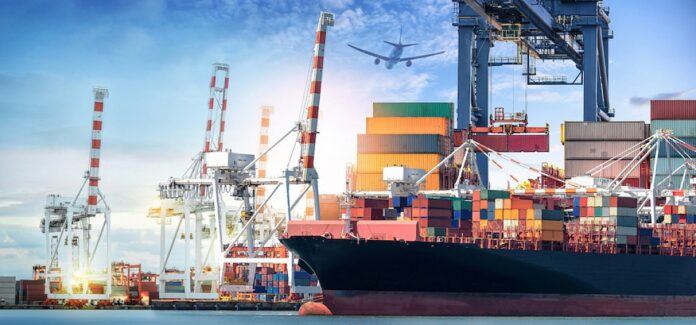The generation of automation and digital transformation has triggered the shipping industry to undertake changes that would increase the safety and efficiency at the port. Today marine companies are developing autonomous ships called unmanned ships, that use artificial intelligence (AI) and machine learning (ML) to develop smart ports. It consists of a wide range of sensors, cameras, radar, LIDAR, etc.
In earlier days, ports were completely dependent upon manual solution. Workers or seafarers at the port uses the rope to measure the length and width of the ship and then decides which dock would go inside. Once the arrival of ships, industrial cranes were used to load and unload containers. This manual operation requires a good understanding of the port environment, it’s pressure, etc in order to avoid disastrous failure.
The digital transformation has caused the companies to use sensors to supervise operations, real-time data to get a better understanding of the port size, live weather conditions inbound maritime traffic, etc. With a better understanding of the environment at the port, it is possible to adjust the crane operation to increase safety. Cranes are camera-enabled, an anemometer, and sensors to keep track of torque during operation. Machine learning is used to gain insights about trends and predict failures. The data are collected on a real-time basis.
In the olden days, marine accidents were due to both machine and human error. However, it is believed that this autonomous navigation would help to reduce marine accidents. Back-ups can be created to replace a system failure. Machine learning can gain insights from data to predict system failure in advance. The autonomous ship is capsuled with sensors and communications to navigate on high seas. GPS is used for navigation. Though it is impossible to break the security or to create a spoof of GPS, it is the place where the problems start, because cybersecurity attacks like data breaches, ransomware attacks are existing.
Automation in the marine industry has started since 1900s. However, technology cannot replace an experienced seafarer. Automation can make life a little easier, but then, when it comes to the marine industry, it is the crew in the ship determines whether the vessel should head in another direction to avoid a storm, because, a vessel doesn’t have the intelligence to make a decision to change the direction even with AI. It is to be understood that the adoption of the autonomous ship will be a slow process and would take decades of time.

